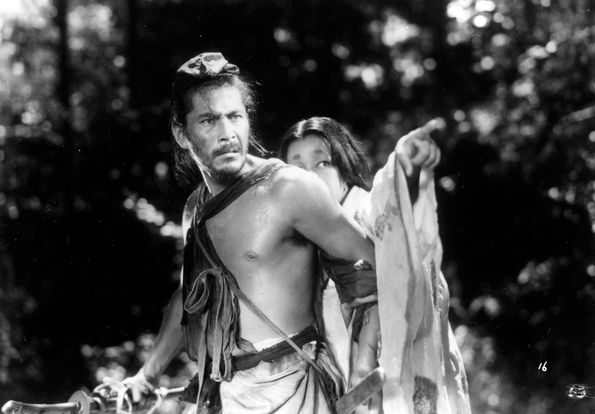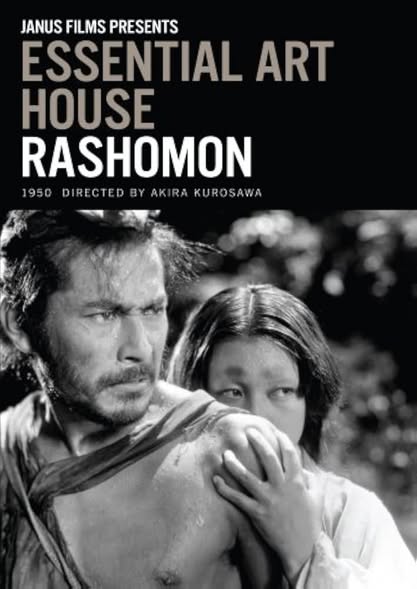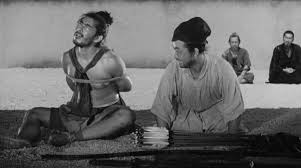Rashomon (1950)

“Rashomon,” directed by Akira Kurosawa and released in 1950, is a groundbreaking Japanese film that explores themes of truth, perception, and the complexity of human nature. The film is renowned for its innovative narrative structure and has had a profound impact on cinema worldwide.
Set in feudal Japan, the story revolves around the murder of a samurai and the assault of his wife. Four characters recount their versions of the events: the bandit (Toshiro Mifune), the samurai’s wife (Masayuki Mori), a woodcutter (Takashi Shimura), and the deceased samurai’s spirit (in a flashback). Each account presents a conflicting perspective, highlighting how personal biases and experiences shape one’s version of reality.

Kurosawa’s direction is masterful, employing striking cinematography by Kazuo Miyagawa that captures both the beauty and brutality of the story. The film’s use of light and shadow, especially in the iconic Rashomon gate, enhances its themes of ambiguity and moral complexity.

The performances are powerful, with Mifune delivering a particularly memorable portrayal of the bandit, blending charisma and menace. The film’s dialogue and character interactions delve into philosophical questions about truth and justice, making it not just a murder mystery but a profound exploration of human psychology.
“Rashomon” received critical acclaim upon its release, winning the Golden Lion at the Venice Film Festival and helping to introduce Japanese cinema to international audiences. Its narrative technique has influenced countless filmmakers, leading to the term “Rashomon effect,” which describes the phenomenon of differing interpretations of the same event.

In conclusion, “Rashomon” is a seminal work in the history of cinema, celebrated for its innovative storytelling and deep philosophical inquiries. Its exploration of truth and perception continues to resonate, making it a timeless classic that remains relevant in discussions of morality and human nature.











